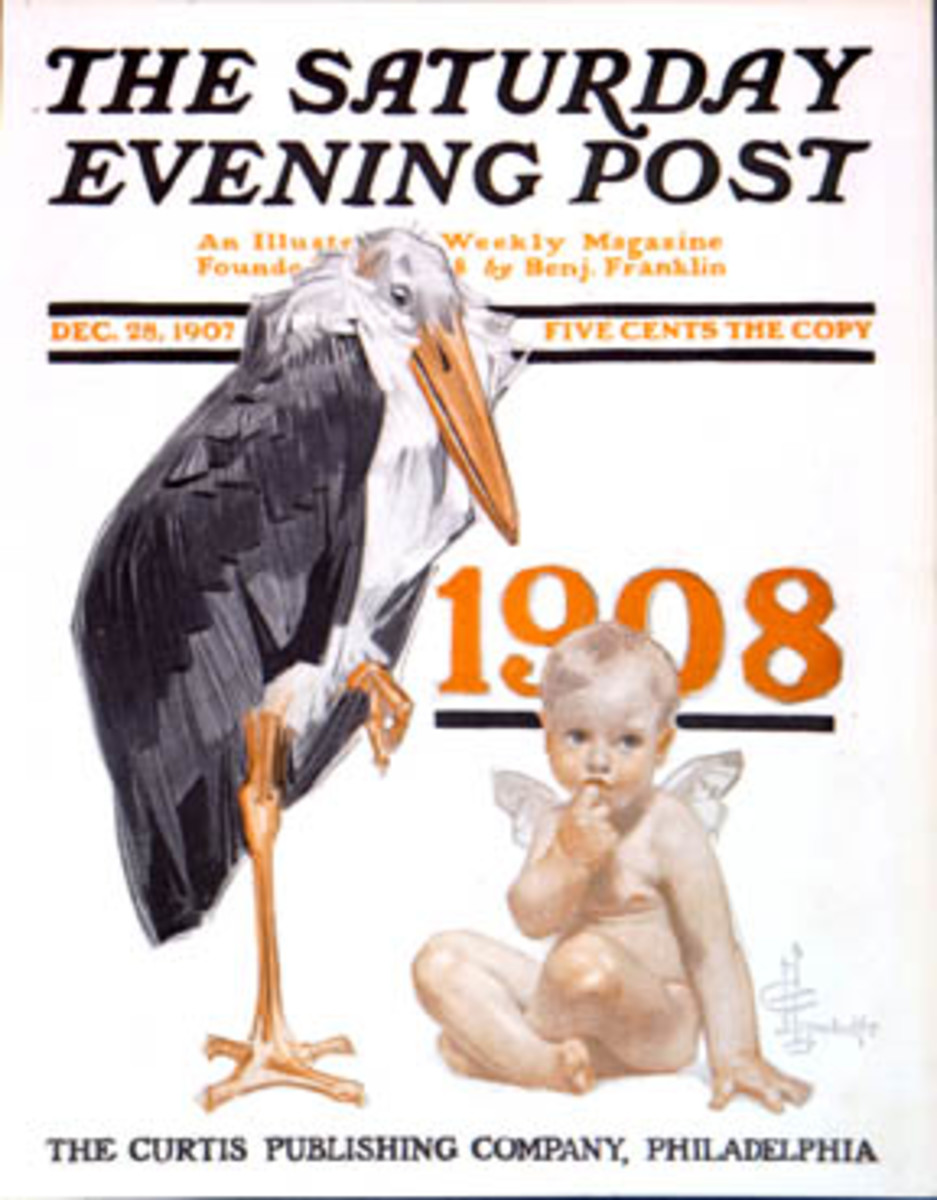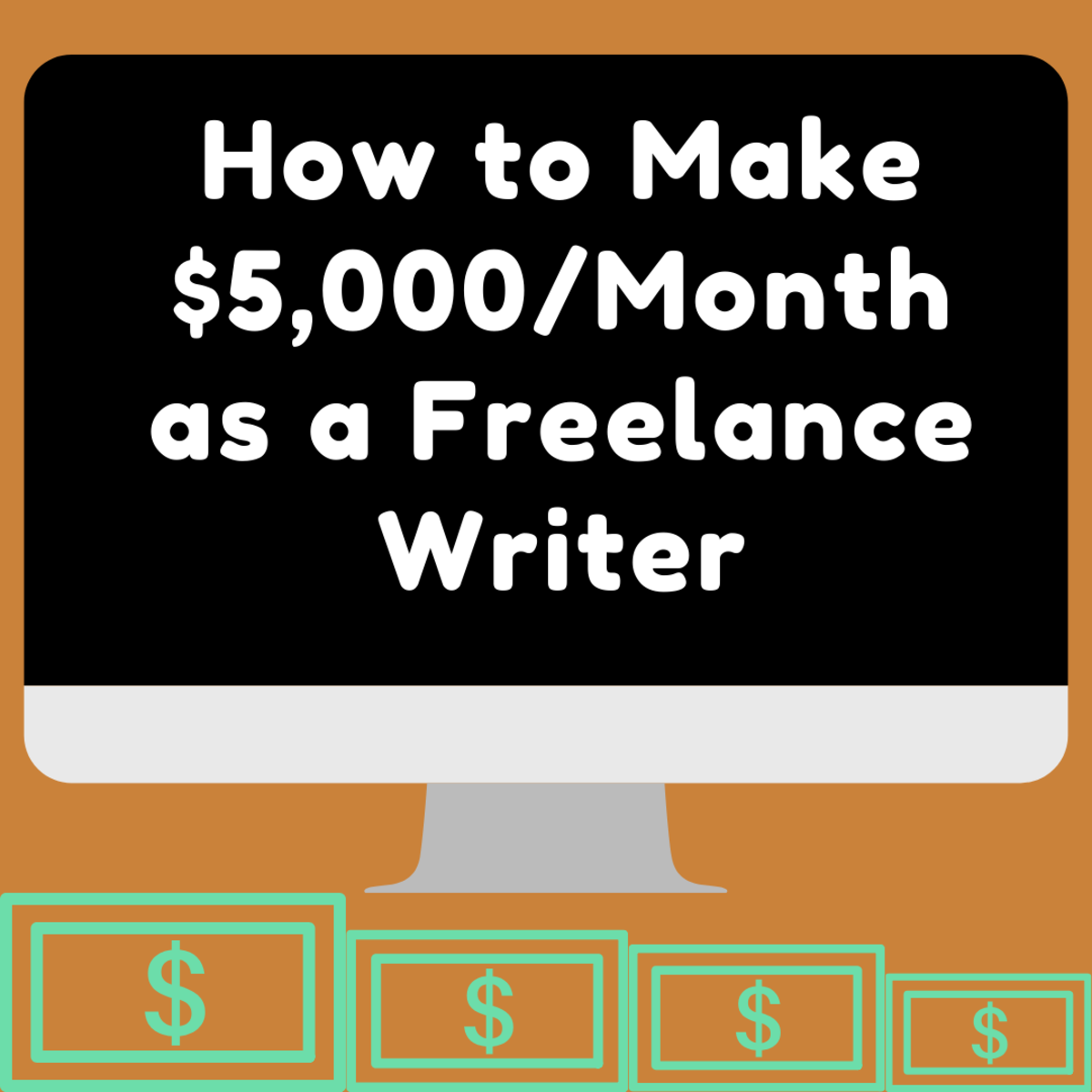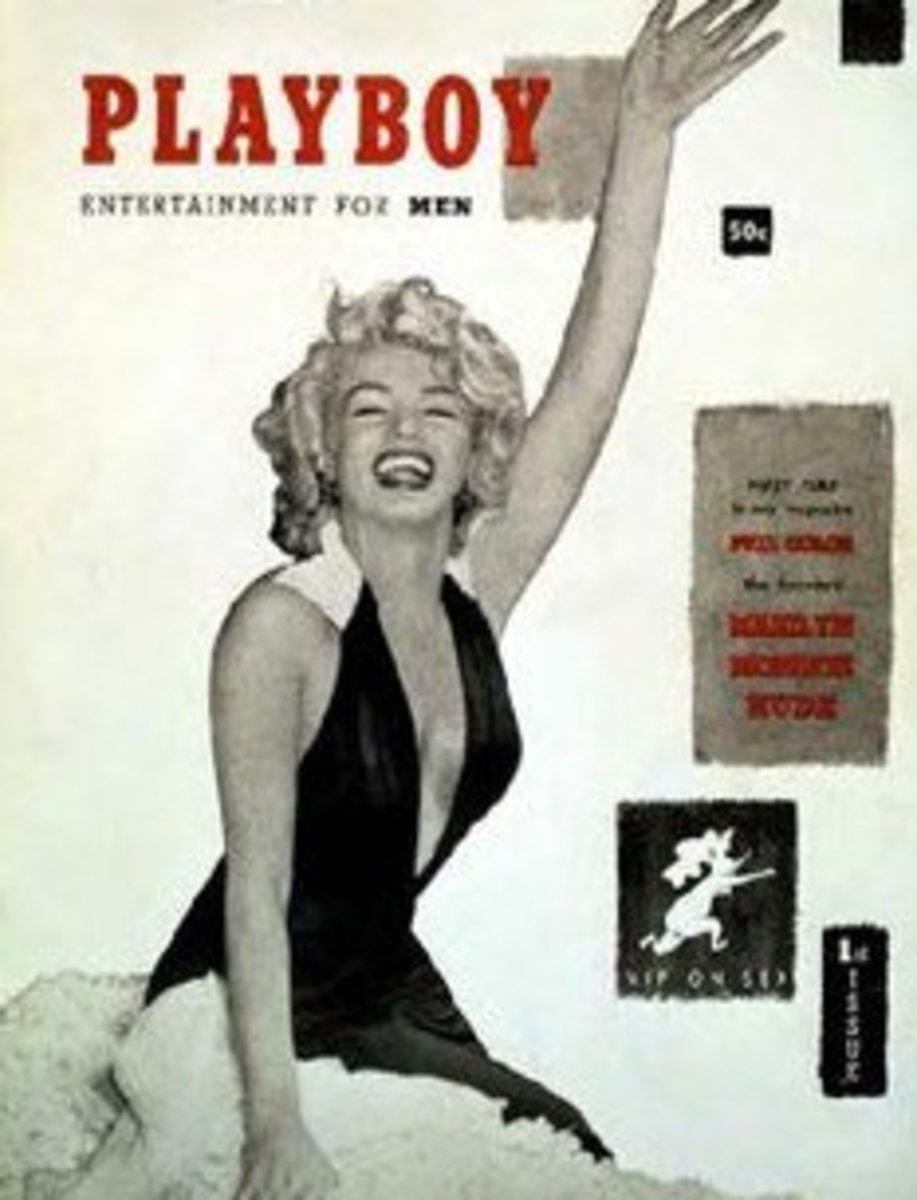Literary Magazines: How to Submit
In my previous hub, Literary Magazines: Why Submit?, I discussed the reasons why a writer should consider submitting work to a literary magazine. This piece will discuss how to submit.
It's not as simple as writing something great and sending it into a magazine. Most magazines have very specific guidelines for submitting a piece, and most will reject a piece that doesn't adhere to these guidelines. As a magazine editor, I use guidelines to weed out the riff-raff and make my job easier. An author who reads guidelines thoroughly is an author I know I can work with during the publication process and is an author who is professional and able to follow instructions. My magazine, efiction Horror, receives 50-100 submissions every month. That's a lot to read through, especially when I only have 2-3 hours a week to dedicate to the magazine. We only accept 5-7 stories per month and maybe a poem or two. That's not a great success rate.
So how do you ensure that your submission will be considered for publication?
Simple. Follow the guidelines set in place by the magazines submissions editors.
For posterity, I will be using eFiction and efiction Horror's (two magazines under the umbrella of one company) guidelines to walk you through this process. After that, I will discuss other guidelines that often appear that we don't concern ourselves with. I approach this issue with the eye of an editor, but also as an experienced writer who has been oft published, and submitted/rejected even more oft (is that a word?).
The most important aspects of submitting are formatting your piece properly, making sure your piece conforms with the subject matter of the specific magazine, and ensuring your piece is high quality.

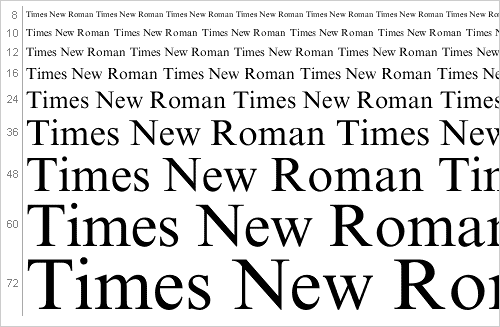
Formatting
"Formatting isn't make-or-break, but it does put your manuscript ahead of every poorly formatted piece when we first open it. The perfect submission has:
· Contact info in the top left
· Word count in the top right
· Title centered on the page with only name (or pen name) underneath
· Standard serif font in about 12 point
· Single spaced
· .RTF, .DOC, or .DOCX format
Formatting is important. Magazines don't ask authors to format a piece a certain way to be nitpicky or mean-- they have a reason for it.
While magazines will reformat your work to fit with their format (print, web, KINDLE, etc.) most submissions are read online and certain fonts and font sizes project better on a computer screen than others. Fancy fonts, small fonts or extremely large fonts are not only annoying to look at, they are extremely difficult to read. If it's difficult to read, an editor is not going to read it and your work won't be accepted. For best results, use twelve-point Times New Roman. This is the easiest to read on a computer screen.
Word count, title and contact info should be no brainers but, oddly, many people ignore these things. We will discuss word count in the next section.
Contact info is vital. True, if using a submission service such as submittable, you submit contact info before submitting. This information, however, is not available to editors. The only way an editor can contact you without accepting or rejecting your work is to use whatever contact information the author has used in their submission. If there isn't one, the editor cannot contact the author and may reject work just to get in touch with an author. Unfortunately, this often starts the submissions process over, further delaying your response time. It's easier just to include contact information in the body of your submission and/or in your bio (more on bios later).
Various literary magazines
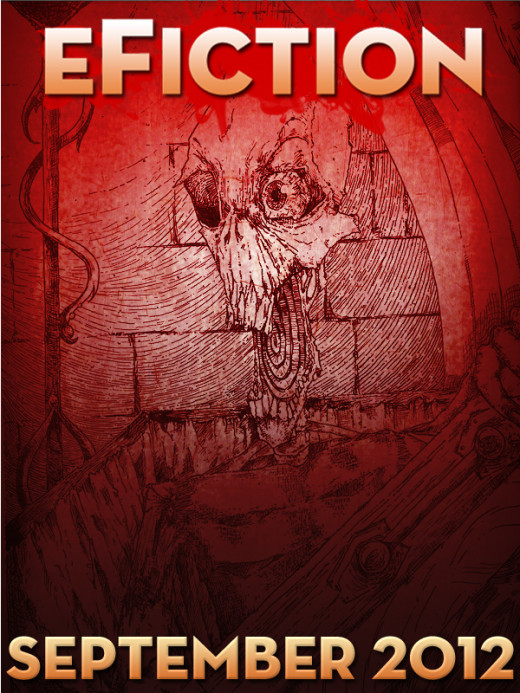
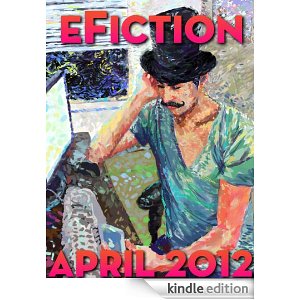
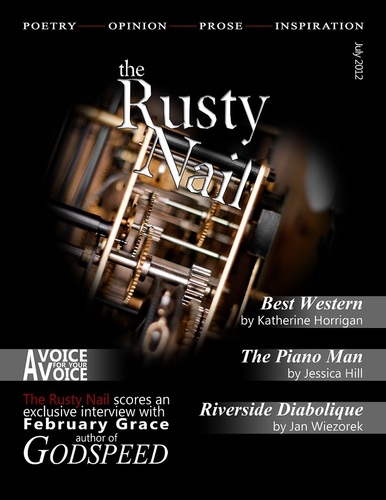
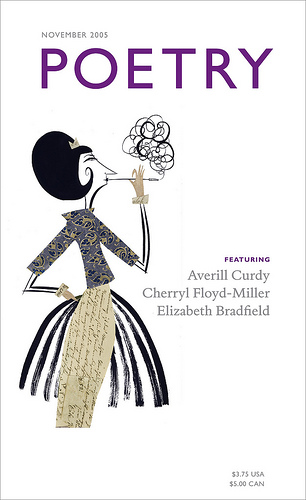

Content Guidelines
These additional guidelines assume all the formatting guidelines are meant. The explanation of these guidelines below serve to help you understand what magazine editors mean when they say certain things-- and why they are important.
The magazine (eFiction Horror Magazine) used in the example below is looking for short stories, poems, art, interviews, and film and book reviews. Each category has it's own specific guidelines which lead into more general guidelines for the magazine. This is common. Most magazines are looking for different things from different mediums.
Short stories:We want to read your tales of horror. Please, terrify us. Make us run home to mommy. Make us sleep with a night light on. Make us wet our beds and fear the monster in the closet. Give us your best, well written short fiction with the goal to scare, terrify and thrill the reader. We love realistic horror (serial killers, mad scientists, rabid dogs, things like that), but we also enjoy vampire, zombie, monster and good old fashioned ghost stories. Also send your weird and creepy. If you're not sure it's horror, send it anyway. The worst that would happen is we tell you to resubmit it in a different category. Horror is a very broad genre. Horror is a pretty diverse cateGORY. Scare us. We dare you.
Up to 10,000 words. Flash/Micro fiction okay. Novel excerpts are fine, so long as the excerpt can be a self-contained story. For serials, please contact us.
We strongly recommend checking out our past issues to get an idea of what we like.
Stories depicting graphic sexual violence, violence against children or animals, disparaging of any religion, race, ethnic group, or political party will be rejected. For questions on a specific piece, contact us.
Poems:The shorter the better. You may submit as many poems as you like, but only one poem per submission. All forms welcome, but we strongly prefer free verse.
Book/film reviews:We prefer indie films and authors, but we're willing to read any well written reviews. Feel free to send us any reviews posted to your blog, or written specifically for magazine publication.
Interviews:Interviews with stars of horror films, horror themed TV shows, horror authors, etc.
Art:Mostly we're interested in cover art that is creepy and scary - not gross or violent.
Let's look at the short stories. There's a description of the kinds of stories they're looking for. Obviously it's quite broad. Generally a magazine with broad guidelines (especially a genre magazine) is looking to stretch the boundaries of a genre and is open to a variety of stories. This is often used to encourage a more diverse magazine.
The 10,000word max is important. 10,000 words is about thirty-thirty-five pages (double spaced). Word countmustbe adhered too. Pieces that exceed the word count will be rejected.I recently rejected a piece, unread,because it not only exceeded our word count, it crushed it by almost fifty percent. If you have a longer piece, you should query the magazine editor. Most magazines have a link to contact the editor directly (contact info for an editor is generally within the guidelines or at the conclusion of those guidelines).
Another reason word count is important is because It also helps the editors, upon acceptance, to understand how big of a magazine they have. I generally like my magazine between 20,000-21,000 words. That equates to about 70-80 pages. Knowing a word count also lets me know how much time I need to devote to reading a piece before accepting or declining it and also where it will fit in my magazine.
It's generally better to ask an editor about a specific piece before submitting than it is to be rejected. Additionally, proactive authors show an editor that they will be easier to work with if an author's work is accepted. Editors remember names of authors and its better they remember you as someone easy to work with then someone who is not.
Magazines often ask authors to check out previous issues of magazines to get an idea of what the magazines publish. While this is a way to sell magazines (most literary magazines lose money every month, most editors don't get paid.) it really is a great way to see what a magazine typically publishes and can save you time and energy submitting to a market that is not right for you-- or that you would not like to see our work in (more on that in future installments). When you see this, take it with a grain of salt. Check out an issue or subscribe if you can. if you can't, it's not going to make or break a deal for you.
Magazines often get specific on what they don't want. This is important, perhaps more important than what theydowant. Editors are people and as such, they have likes and dislikes. You may submit a fabulous piece of fiction to the wrong market, get rejected and become discouraged. There are plenty of markets that publish all kinds of work and not every market is right for you and your work.Don't ignore this!Itpisses editors off when writers submit something that they state specifically that they don't want. It wastes their time and time is precious. Most editors have full time jobs elsewhere so the time spent on a magazine is limited. When in doubt, contact the editor directly to ask about your piece. Maybe submit a one page synopsis, or a sample scene. The editor should be able to get back to you and tell you whether or not to submit the piece or not. It's always better to ask then to not ask and have an editor remember you as someone who doesn't follow instructions.
"Multiple/Simultaneous/previously published submissions okay."
This tells the author that they can submit as many pieces as they'd like and that they can submit the same piece to other magazines while waiting to hear from this magazine about their piece. Not all magazines have this policy. Some only allow one submission at a time; others don't allow you to submit a piece to them if the same piece is under consideration elsewhere.
MOST magazines do not publish previously published material, even if they author owns the rights.Previously published always means books and magazines, but sometimes means blog posts and posts to other sites, including Hubpages. If a magazine does not accept previously published material and they don't say what constitutes previously published, ask (are you seeing a theme here)?
Most magazines that do accept simultaneous submissions ask that you contact them immediately if a piece is accepted elsewhere. Knowing this it's important to keep a spread sheet of where you've submitted and to contact the magazine promptly (within 24 hours) if your work is accepted elsewhere. This can save you from possible legal action and embarrassment.
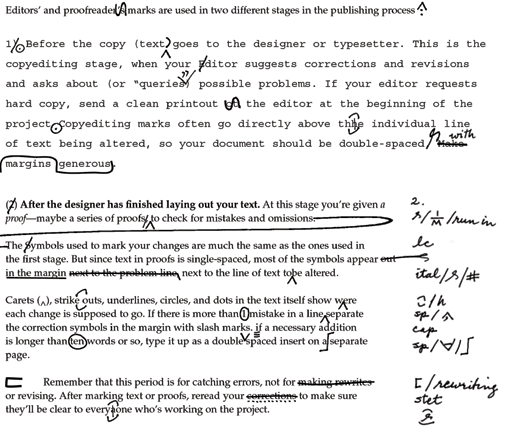
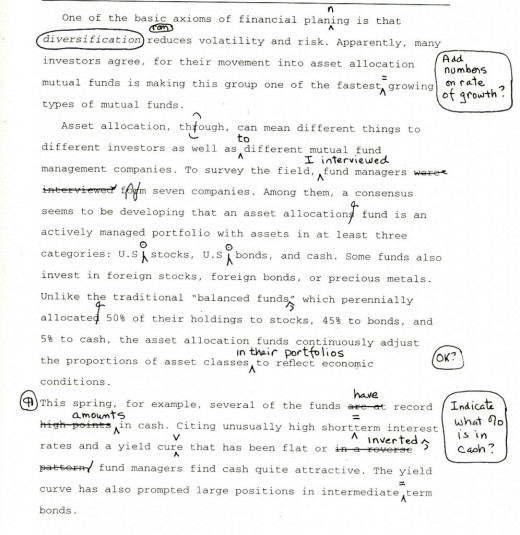

Quality
"No rough drafts. Improperly formatted work will be rejected, as will submissions requiring an egregious amount of edits. Stories with numerous grammar and spelling errors make us quite irritable.
Include a biography (in 3rd person). Bio must be less than 200 words and should include a listing of publications you've appeared in and/or books you've written, if applicable. Submissions without a bio will be rejected, unread.
We are a small staff and we get a lot of submissions. Give us 6-10 weeks minimum to get back to you. Generally, the longer it sits in the hopper, the more likely we are to publish it. You may track your submission on submittable.
Use the submission form below. Unless specifically requested, do not send your submission as an attachment or cut and pasted into the body of an email. It will not be read."
No Rough Drafts. This is pretty explanatory, though frequently overlooked by authors. While editors are going to do some clean up (and may even ask the author to) prior to publication, they don't have time to sift through a piece rife with spelling, grammar and formatting errors. It makes the author look unprofessional and an editor is going to reject a piece that is going to require a lot of editing. When I see such a piece, I reject it and sometimes ask the author to clean it up before resubmitting. Other times, I thank them for their submission, but do not extend a further invite. Note, if an editor does not ask you to submit again, don't. It means they weren't interested in your work. Sometimes an editor sees good writing in a piece, even if they don't like a particular piece, and wants to see more. Other times they don't like the writers' style at all and don't want to see it. Don't take offense and don't change who you are. We are all different an like different pieces. Just find another market and move on. Pay attention to the wording in your rejection email (more on that in future installments).
Bottom line; submit finished work that is ready to be published. Proofread and edit before submitting. One or two errors is okay, pages full or not. This happens a lot.
The bio is incredibly important, and is a great asset to you, the writer. This will generally serve as your byline. It will be a way to point readers to other works you've written, including blogs and whatnot. Write it in third person, don't over inflate yourself and just highlight what's important. No life stories needed. It's a vital step and one that is often overlooked. Take advantage of the exposure that being in a magazine will offer you.
The last two points regarding response time and how not to submit a piece are often neglected. If an editor says it takes a certain time period to get back to you, don't query before that. It's annoying and disrespectful. Generally the longer you wait to hear back on a piece the more likely it is to be accepted. Most magazines wait to send acceptance notices until right before publication, while rejections go out daily. Do not contact an editor until the latest time for a response has passed. Even then, proceed with caution.
Furthermore, do not submit via e mail when an editor tells you not to. some magazines use e mail submissions, some use a submissions service like Submittable. Those that use e mail will specify whether to send your submission as an attachment or in the body of an email. Send it the way they ask or risk your submission getting lost or rejected. Further, if a magazine tells you not to submit by email, don't. Use the submissions manager the specific magazine has in place.
In closing
For the best chance of success, follow the guidelines to a "T". When in doubt, ask questions. Don't assume you're special just because your mom tells you you are.
It's simple For your best chance at success, follow the guidelines set in place by magazine editors.
Thanks for Reading.
PDXKaraokeGuy, also known as Justin W. Price, is the managing editor at eFiction horror. Husband to Andrea, father to two dogs. writer.poet.baseball fan. tattooed. He is am amateur theologian with a rabid sweet tooth. He resides in a suburb of Portland, Oregon.He has a poetry book available for Amazon Kindle, and also maintains a blog, FirstBlog. His work has been featured in the Crisis Chronicles, efiction Magazine, The Hellroaring Review, the Bellwether Review, eFiction Humor, and the Rusty Nail. Please visit his profile page for more information. Thanks!
Check out the other articles in this series:
- Literary Magazines: Why submit?
Why you should submit/publish in literary Magazines.





